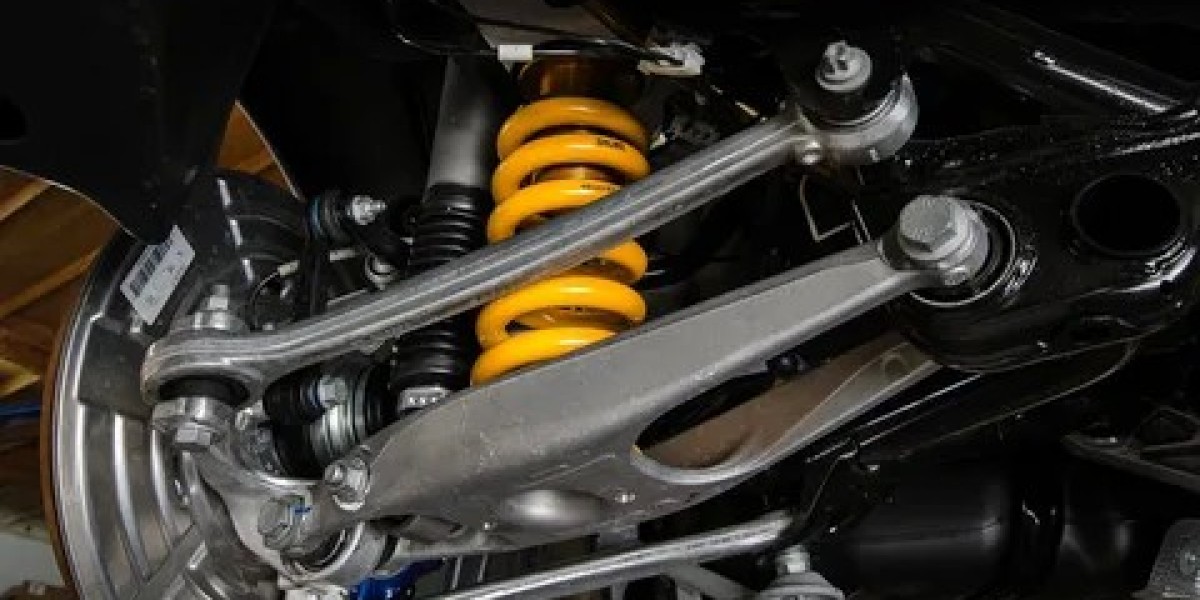Certainly! A car bumper is a vital component of a vehicle's safety and design.
Here are some key points about car bumpers:
Purpose: The primary purpose of a car bumper is to absorb and dissipate the energy from minor collisions, protecting the more critical components of the vehicle, such as the engine, radiator, and occupants.
Materials: Bumpers are typically made from various materials, including plastic, fiberglass, aluminum, or steel. The choice of material depends on factors like cost, weight, and the desired level of impact absorption.
Design: Modern car bumpers are designed to be aerodynamic and visually pleasing while still providing protection. They often incorporate sensors for parking assistance and collision avoidance systems.
Safety Regulations: Bumpers are subject to strict safety regulations in many countries to ensure they meet certain impact standards. These regulations aim to reduce injury risk to pedestrians and occupants in low-speed collisions.
Front and Rear Bumpers: Most cars have both front and rear bumpers. Front bumpers are generally designed to withstand higher impacts, as they are more likely to be involved in collisions. Rear bumpers are usually smaller and offer less protection.
Crash Energy Absorption: Bumpers typically include energy-absorbing materials or structures designed to absorb and disperse the kinetic energy generated during a collision. This helps minimize damage to the vehicle and reduce the force transferred to the occupants.
Repair and Replacement: In minor accidents, bumpers can often be repaired. However, in more severe collisions, they may need to be replaced. Repairing or replacing a bumper is a common task in auto body shops.
Cosmetic Function: Bumpers also serve a cosmetic function by enhancing the overall appearance of a vehicle. They are often painted to match the car's body color.
Bumper Covers: The visible part of the bumper is called the "bumper cover" or "fascia." It's the part that people typically see, and it can be replaced separately from the underlying bumper structure.
Aftermarket Bumpers: Some car owners choose to replace their factory bumpers with aftermarket options for various reasons, such as enhanced aesthetics, improved off-road capabilities, or additional protection.
Remember that while car bumpers are designed to provide protection in low-speed collisions, they may not be as effective in high-speed accidents. In such cases, other safety features like airbags and crumple zones play a more significant role in protecting vehicle occupants.








